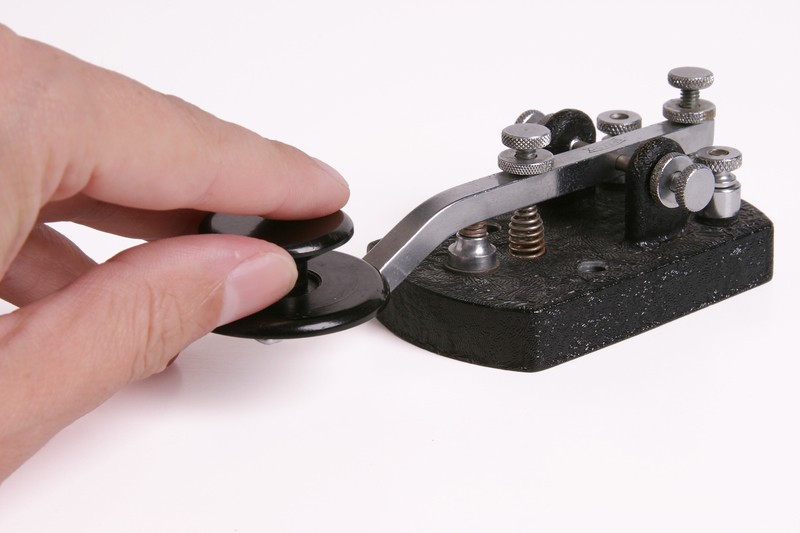As preppers, we shouldn't just prepare our bug out bags and our homes. We should also make sure we know vital skills like how to communicate that we need help.
This is why every prepper needs to know how to use Morse code so that you know that you are communicating exactly what you need to in a disruptive event. It could be the difference between life and death!
The Best Way To Learn Morse Code Is:
The main uses from a prepping standpoint are being able to communicate via signals other than sound. Slowly pulsed lights, for example, have been used between naval vessels for more than a century. The other reason is in event of physical incapacitation.
The conventional approach has been to attend a Morse class. Many amateur radio clubs around the country hold free training sessions. A visit to the American Radio Relay League can point you in the direction of a local club.
The conventional process involves attending a class one or two nights per week. At the first class, things will begin slowly. You will see a code practice oscillator and a “key.” An instructor will begin by training your ear to recognize a short “dot” (usually called a “dit”). This may be followed by a “learning to count” exercise. The instructor will send one dit, then two, then three, and so on.
With a few minutes of practice, anyone can learn at least a few Morse letters because a single dit (dot) is an ‘E’ while two dits (dots) are an ‘I’ and three makes an ‘S’. Four gives us the letter ‘H’ and five dits (dots) is the numeral 5. You will probably learn only five, or so, dit (dot) combinations in the first part of a typical session.
The same process is repeated with “dahs” (dashes). One “dah” being a ‘T’, two making an ‘M’, three being ‘O’. Five “dahs” (dashes) gives the zero.
A curiosity of the code: There is no regular (American Morse) combination of four dahs/dashes. This is because at low speed, dahs take a long time to send. Speed is everything and radio operators prize call signs that are very short. With a few “dit” letters and “dah” letters, the instructor will then create some simple words. TOT, MEME, and so forth.
My first sessions with Morse were the letters A (dit-dah), C (dah-dit-dah-dit), M (dah-dah), E (dit) and T (dah). Because I didn’t practice sending as well at receiving code, it took me a month, or so to learn it and then it was the breakneck speed of five words per minute.
Learning tools are many. A code practice oscillator with a volume control and built-in key can cost upwards of $50 bucks, such as this Morse code practice oscillator.
You don’t necessarily need to spend money to learn Morse, though. One website says you can learn Morse in one minute – check out www.learnmorsecode.com. The idea here is to train yourself to follow a logical path to the correct letters.
The more “Do It Yourselfer” will find this WikiHow entry very good. But, as with any new skill, the more you practice the better you get.
Morse code is a vital skill to have when preparing for any type of emergency so that help can arrive as fast as possible. You can learn it in a book, online, or with a qualified instructor. Either way, it is a crucial method of communication that can be a real life saver for when the SHTF.
To find out more about the best way to learn Morse code, please visit Backdoor Survival.
